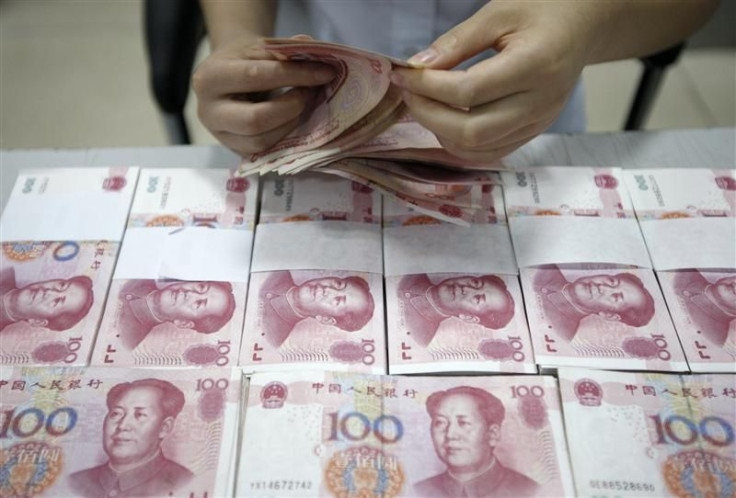Chinese Yuan Remains Laggard So Far This Year

The Chinese yuan has been a laggard in Asia in the year so far while other regional currencies, including the Japanese yen, are posting strong gains against the U.S. dollar (USD) and the euro (EUR).
The Indian rupee (INR), which touched a record low of 54.30 against the USD in December, has appreciated 7.5 percent against the USD while the Indonesian rupiah strengthened 1.5 percent versus the greenback.
Asian currencies are underpinned by strong growth figures, which have been resilient to the global challenges (although growth is slowing) and especially very attractive interest rate differentials, said a note from the Societe Generale Cross Asset Research.
In contrast, the yuan is the only major currency in the region to record loses against the USD and the EUR in January, depreciating by 0.1 percent and 1.0 percent respectively.
The Chinese yuan is the only major Asian currency that did not strengthen in January which is unusual given the long-term strengthening trend, said the note.
The yuan had strengthened 5 percent against the dollar in 2011 while appreciating by overall 25 percent since January 2007.
Several factors are weighing on the yuan: the confirmation of an economic slowdown in China, although it is measured and controlled as shown by the latest published indicators, the fear of the impact of the European crisis on Chinese exports (Europe is China's biggest customer), and the more accommodative monetary policy against the backdrop of lower reserve requirements rate for banks initiated at end-2011 at 21.00% after a long tightening phase (+6% in 2010- 2011), the Societe Generale noted.
However, the China's official January Purchasing Managers' Index (PMI) released on Wednesday, showed that country's factory output rose more-than expected to 50.5 in January from 50.3 in December last year, easing fears over hard landing of the world's second largest economy.
The data also revealed that manufacturing activity was mainly boosted by domestic demand while the export orders to Western markets weakened sharply due to deteriorating global economic conditions and continuing debt crisis in the eurozone.
© Copyright IBTimes 2024. All rights reserved.



















